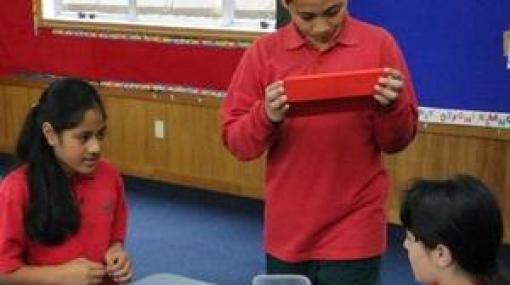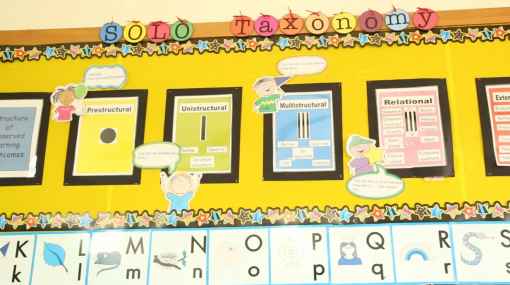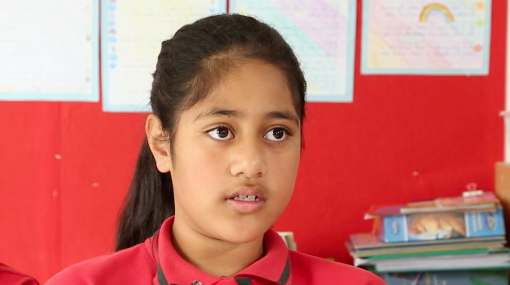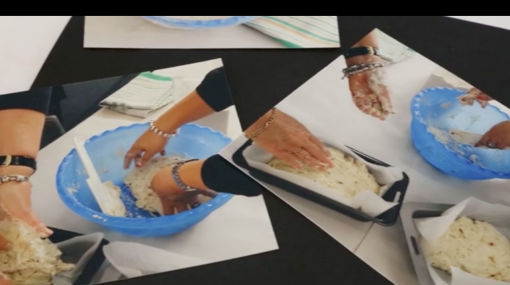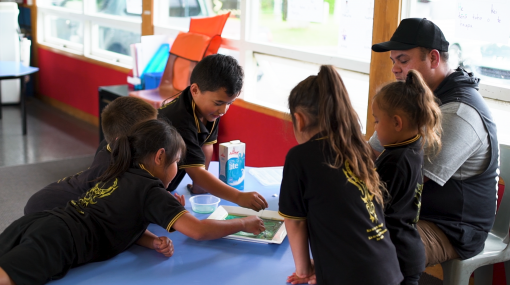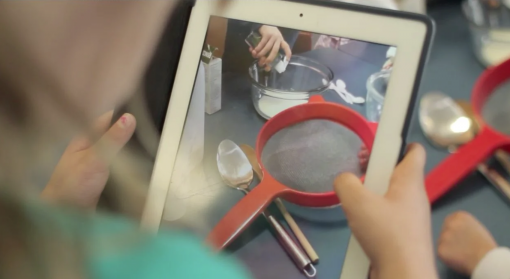Science
Science and e-learning
There are three interconnecting purposes for using ICT in science education – to support students to:
- work as scientists
- work with scientists
- work with one another to co-construct scientific knowledge and understanding.
Planning to use digital technologies – questions to think about
- How can we develop or expand partnerships and relationships between schools and the science community to support future-oriented science learning?
- What kinds of learning do young people need in order to engage with science in the future?
- Which aspects of current education practice are suited to students’ future needs, and which aspects need to be re-thought?
From: Digital technologies and future oriented science education: A discussion document
e-Learning tools supporting scientific inquiry
Posing inquiry questions
To support students with posing inquiry questions, use:
- Google expeditions , allowing virtual reality tours that cover a huge range of science topics.
- concept mapping tools for planning and collaboration
- scientific videos or animations, explaining how things work, why they happen, or who was involved
- Online collaborative tools – to facilitate class discussions and understanding of a topic
- Tumble , a science podcast that shares the stories behind science discovery and explores how science works as a process.
Initiating investigations
To support students with initiating and experimenting, use:
- mind mapping tools to look at the parts, processes, and ideas in an investigation. This is also a useful way to assess prior knowledge. Teachers can use the mind map as a starting point to teach concepts or processes that have not been understood.
- video conferencing tools or virtual field trips like LEARNZ to connect with scientists locally or globally. You could set up a private social media group that allows for ongoing questioning and discussion, and the sharing of live videos, diagrams and photographs of the scientific investigation being carried out. This also means that communication can be shared between the students, the scientists and parents and the wider community.
- digital tools for virtual investigations – complete virtual dissections , examine the interior of the human body or explore the periodic table .
- discussion forums to explore and share ideas, and mobile devices to record experiments and identify possible relationships.
At Newmarket School, science has been a focus of professional development. Students talk about their process for understanding how electricity works. They explain the different technologies they used to support their learning.
Collecting and analysing data
To support students with accessing or publishing data online, collating, and interpreting data and information, useful digital tools include:
- time lapse videos
- temperature and pH probeware
- digital microscopes
- monitor detector probes
- tracking systems
- health monitors
- gps.
- MicroBits and similar multi-purpose sensors
- spreadsheets and graphing tools
In addition, digital photos can be used not just to record activities but also to provide visual evidence for new concepts, and help to bridge ideas with new vocabulary.
There are a great variety of citizen science projects where anyone of any age or ability can contribute to scientific data collection, usually with a digital device. The studies are often part of real-world scientific research, so cover a huge range of subjects. You could take part in a garden survey of birds in your local neighbourhood. Or contribute to a global project, looking at the environment, with The GLOBE Program , solving molecular puzzles for Fold It , or classifying images from the Hubble Space Telescope in Galaxy Zoo . Many of these projects have developed complementary resources and tools to help support teachers and students, and make it easier to integrate contributing to a citizen science project into learning plans.
Reflecting on and communicating findings
The following suggestions are designed to communicate scientific findings but are also useful for assessment purposes.
When sharing, students can:
- add QR codes to displays or science fair projects, linking viewers to supporting information
- video an experiment, or create a digital model, and upload for comments and annotations
- use an app to create diagrams to insert in digital stories, label a diagram or photo, or demonstrate a scientific model.
- curate ideas and information for a wider community audience, or digital exhibition.
Students from Newmarket School explain how they used iPads to video their electrical circuits and show how they worked.
Videos
Sorry, no items found.
Snapshots of learning
Filter by: Primary Upper primary Secondary
Sorry, no items found.
Resources
Science Online
A site with resources, ideas, and examples of science teaching and concepts for both primary and secondary teachers of science.
Science learning hub
Easy to access, quality assured teaching resources to support school science learning.
LEARNZ
A free online collection of virtual field trips to locations in New Zealand and Antarctica. The trips take an inquiry-based approach within science, social sciences, and the arts for both primary and secondary schools.
Connected
Promotes scientific, technological, and mathematical literacy so students can engage in a critical and informed manner with real-life science and technology related issues and authentic, and context-based mathematical explorations.
Use DigitalNZ to discover millions of New Zealand items from the digital stores of libraries, museums, archives, communities, and government.
New Zealand Science Teacher
Information on everything about science and science education.
Beautiful Chemistry is a project collaboration between the Institute of Advanced Technology at the University of Science and Technology of China and Tsinghua University Press. The goal of this project is to bring the beauty of chemistry to the general public through digital media and technology.
Research
e-Learning in science
A series of four research reports focusing on working with a group of schools to develop a best-practice, sustainable model for embedding e-learning in science education. One of the aims was to identify factors that enhance or constrain the incorporation of effective e-learning in science education.
- e-in-science: Future-oriented science learning, 2013
- e-in-science: Developing innovation, 2012
- Curriculum support in science, 2012
- e-in-science: Scoping the possibilities, 2012
Author: NZCER researchers
